
DC Comics has a vast catalogue that consists of some of the most iconic superheroes in pop culture history. The live-action adaptations of characters like Superman and Batman proved to be huge successes, as DC and Warner Brothers largely dominated the superhero film genre for decades. In 2008, however, the entire landscape of superhero films was forever changed after Marvel launched their Marvel Cinematic Universe. Shared cinematic universes that mirrored the expansive interconnected world of comic books actually worked, and DC soon scrambled to start one of their own.
The fan-titled DC Extended Universe began with 2013’s Man of Steel, and has since included seven films with varying degrees of success. Though a Man of Steel producer recently revealed that the Superman film was always intended to start a cinematic universe, many fans continue to believe that Warner Brothers merely latched an interconnected franchise onto the first film that was a mild success. 2011’s Green Lantern was the studio’s first public attempt at creating a shared universe of films, and it seemed that efforts shifted to Zack Snyder’s Superman adaptation after Green Lantern failed to perform.
Man of Steel was seemingly in the right place at the right time to become the beginning of a shared universe, but Warner Brothers was actually developing numerous projects in the early to mid 2000s, none of which ever saw the light of day. Had any of these canceled films made it to theaters with a successful run, the DCEU might have started with one of them. As the DC Extended Universe heads towards a less interconnected future, The Direct has decided to revisit eight canceled films that could have very well started successful extended universes of their own.
GREEN LANTERN 2
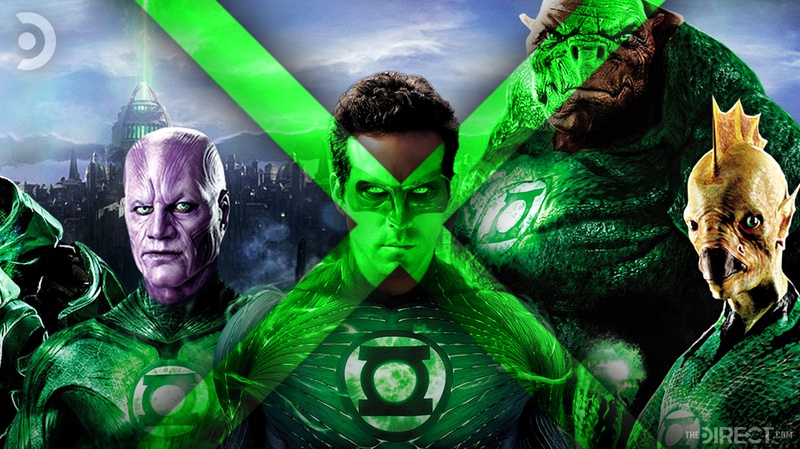
Green Lantern was supposed to be Warner Bros.'s Iron Man, taking a lesser-known superhero and manufacturing an entire cinematic universe from their success. Unfortunately, the Emerald Knight’s first live-action adaptation was far from successful, and all work was quickly canceled on a franchise built around Ryan Reynolds’s Hal Jordan. Before that though, there were concrete plans in place for a Green Lantern 2, with the same creative team in talks to return.
In 2010, nearly a year before Green Lantern was set to premiere, screenwriters Greg Berlanti, Michael Green, and Marc Guggenheim were reportedly being courted to pen a treatment for the sequel. The writing team had already lent their talents to a canceled Flash film (you can read a lot more on that here), and interestingly enough the initial drafts to The Flash's solo script even had an end-credits cameo from Green Lantern himself. Of course, once critics and audiences alike drained Green Lantern’s will to form a successful franchise, the idea of a Green Lantern-led cinematic universe was soon scrapped.
There aren’t many confirmed details on what the Green Lantern sequel would have included (aside from an end-credits scene that promised to give Sinestro the power of Fear), but the hero’s second outing would most likely have been crammed full of DC Easter eggs and cameos à la Iron Man 2. Green Lantern 2 would have planted the necessary seeds for a future Justice League film, and while it's fun to imagine how DC would have done that by using the world of the Green Lantern Corps, it was probably best that Warner Bros. abandoned that possibility as quickly as they did.
JUSTICE LEAGUE: MORTAL
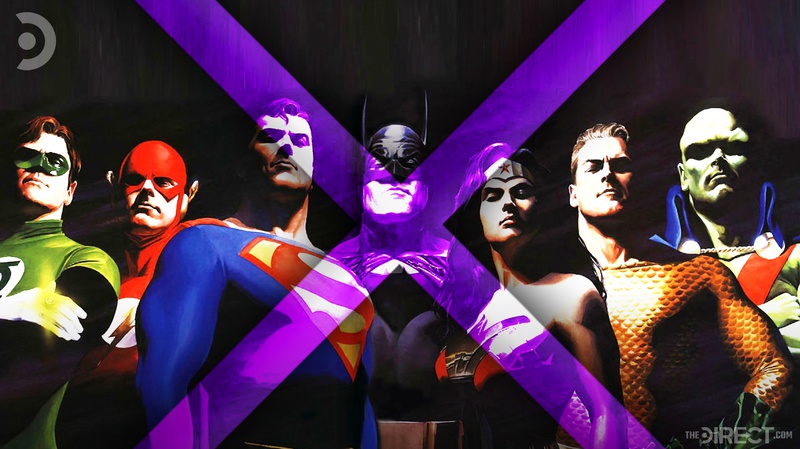
Justice League: Mortal is probably the most popular canceled film in DC’s cinematic history. With George Miller (Mad Max: Fury Road) at the helm, the movie had already been cast and was set to begin shooting in 2008. A historic Writer’s Guild strike and some tedious Australian tax rebate laws kept the crew from ever rolling one second of footage, and Miller eventually left to pursue other projects. Had Mortal been released, however, the DCEU that followed would have been radically different.
Loosely adapting elements of the famous comic book storyline JLA: Tower of Babel, Justice League: Mortal featured an established DC universe wherein a paranoid Batman collects a database of the other superheroes' weaknesses and secret identities. Once the information is stolen, the heroes must come together to protect each other and figure out the identity of their mysterious villain.
If the movie was never canceled and premiered to good numbers, Warner would most likely have decided to create a shared universe around this team-up film. The studio was already planning on a Wally West spin-off featuring the same actors from Justice League: Mortal. There’s no doubt that a D.J. Catrona Superman movie, an Armie Hammer Batman film, and a Megan Gale Wonder Woman were not too far off as well.
Since Mortal already introduces experienced versions of its superheroes, DC would most likely have been quicker to develop films of other lesser-known Justice League characters. Heroes such as Plastic Man, Zatanna, Red Tornado, the Atom, Hawkman and Hawkwoman could have been introduced for a possible Justice League: Mortal 2. The expansive cast of established characters launched by Justice League: Mortal would have eventually led to a DCEU that feels just like the comics: full of heroes, hope, and wondrous possibility.
BATMAN: YEAR ONE

In 2000, Warner Brothers was eager to reboot one of their highest-grossing characters in a drastically different way than audiences last saw him. Darren Aronofsky (Requiem for a Dream, Black Swan) was hired to direct a stark reimagining of the caped crusader. Aronofsky collaborated with famed comic book author Frank Miller to help him adapt the stylized graphic novel Batman: Year One for the big screen. Creative disagreements led to the studio moving in a different direction (enter Batman Begins), but Aronofsky's take on the character was truly unique.
The scrapped screenplay featured some bold creative liberties from the Batman mythos, such as a poor Bruce Wayne, Alfred being replaced by an African-American mechanic named “Little Al”, and a troubled Comissioner Gordon who was having an affair outside of his marriage. Had the DCEU originated from this very stylized Batman, the future of DC’s film slate would probably have included similarly imaginative retellings for other characters in the comic book company’s vast catalogue.
Bold takes on Superman, Wonder Woman, and Aquaman would have likely followed suit, with renowned directors getting a chance to bring their unique versions of these characters to the silver screen. Though, given that a similar attempt to mirror the effects of a stylized take on DC’s characters happened with Zack Snyder's DCEU, a Year One Cinematic Universe probably wouldn’t have lasted very long. As fun as it is to see iconic characters reimagined in bold ways, fans have proven time and time again just how much they value adaptations that accurately embrace their source materials.
SUPERMAN RETURNS 2
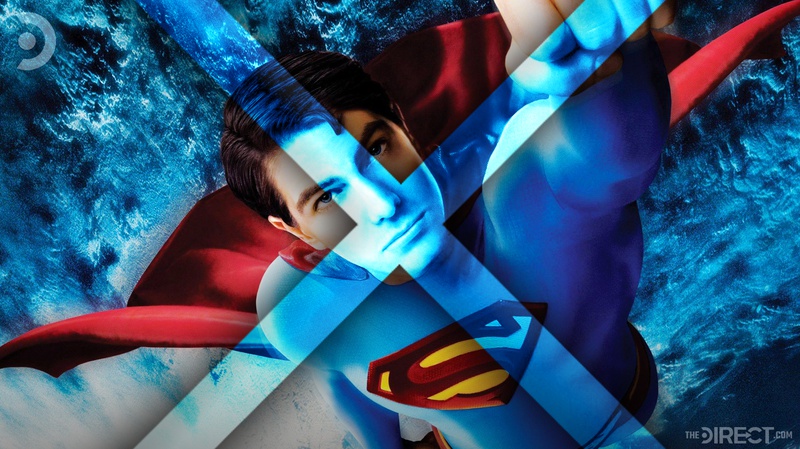
Brandon Routh’s Superman was very short-lived, lasting for only one film appearance in the pseudo-sequel Superman Returns. A meager box office performance and mediocre reviews pushed Warner Brothers to eventually go in a different direction with the character, but Superman Returns was expected to spawn a franchise. Given the success of the MCU that would occur around the same time, its planned sequel might have even forged a cinematic universe.
The screenwriters have only given vague hints about possible directions for the sequel's story, which include a New Krypton and possible appearances from Brainiac and Bizarro, but what’s most interesting is how the film's tone would have inspired the rest of the movies connected to it. Superman Returns takes place within that Richard Donner Golden Age aesthetic of Superman. People talked like they were from the 1940s, newspapers were still a thing, and superheroes were revered without much question.
A Batman, Wonder Woman, and Justice League appearing in the same world would most likely have championed the same Golden Age spirit that Returns did. Perhaps the Returns-iverse Batman could have even been a pseudo-sequel to the Burton era iteration. While dark and edgy takes on the characters ended up winning out in the Snyder-verse, a bright, nostalgic, and hopeful DC cinematic universe could have been a delightfully comic-book accurate start for the DCEU.
GREEN ARROW: ESCAPE FROM SUPERMAX
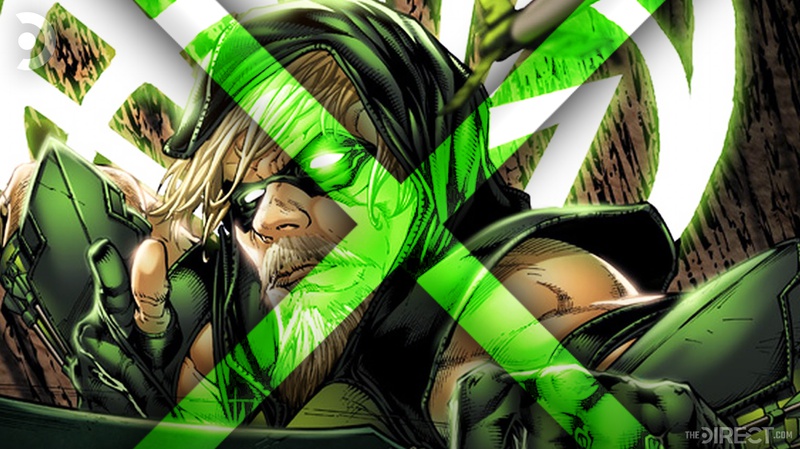
While Green Arrow has made a name for himself in the realm of TV, creating the Arrowverse of CW shows, the character almost had a big-screen debut almost a decade earlier. In the mid-2000s, David S. Goyer (Batman Begins, The Dark Knight) and Justin Marks (Top Gun: Maverick) were hard at-work on Green Arrow: Escape From Supermax, an Oliver Queen driven solo-film that would give Green Arrow a live-action debut worthy of the goateed-archer’s great comic book appeal.
Green Arrow: Escape from Supermax begins with billionaire Oliver Queen being imprisoned for a crime he did not commit. His identity is exposed, and he's placed in the intricate supervillain prison Supermax. Queen now has to work alongside the criminals he helped incarcerate to do the impossible and break out of the strongest prison on the planet. No bow and arrow. No secret identity. Just the pure resourcefulness of Oliver Queen.
The script was well-liked by Warner Brothers for a while during its conception. Executives appreciated the film's ability to include cameos for many notable villains (Lex Luthor, the Joker, and Amanda Waller all had references in the script), which bode well for Escape from Supermax to launch an interconnected universe with Green Arrow at the forefront. Not much was heard about this project after the script was turned in, and once Warner Brothers announced their upcoming shared universe's initial film slate, Escape from Supermax was nowhere to be seen.
BATMAN VS. SUPERMAN
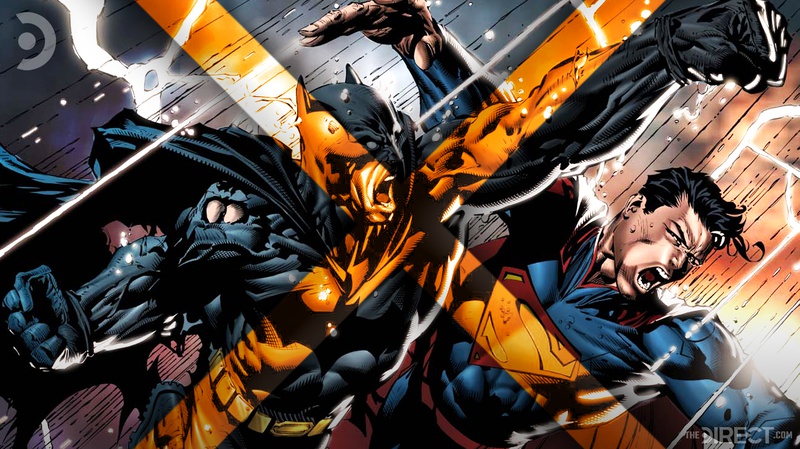
Batman vs. Superman (sometimes referred to as Batman vs. Superman: Asylum) was a dark attempt at relaunching both Batman and Superman at the same time. In 2002, writer Andrew Kevin Walker, and later Akiva Goldsman, turned in drafts for a Batman/Superman story that pushed both characters to their limits.
In the script Alfred is dead, Dick Grayson is dead, even the Joker is dead, and Bruce Wayne had retired from being Batman. Meanwhile, Lois Lane divorces Clark Kent, and he returns to Smallville to rethink his life choices and brood over being an alien. Bruce settles down with a wife, and on their honeymoon she’s killed by the Joker, who Lex Luthor resurrected. Bruce decides to kill Joker once and for all. Superman tries to stop him. They fight. Then they eventually team up to stop Lex Luthor and the Joker.
The Warner Bros. executives wanted to reintroduce both characters and later spin these iterations off into solo films, sort of what they ended up doing with Batman v. Superman anyway. In the end, the studio decided to just launch the heroes separately (because that meant more toys), and the idea for this World's Finest team-up was dropped. While a tonally similar Batman/ Superman film ended up arriving in theaters about a decade after, it would have been very interesting to see a shared universe based off of this early, somewhat outrageous attempt at a DC team-up.
SUPERMAN: FLYBY
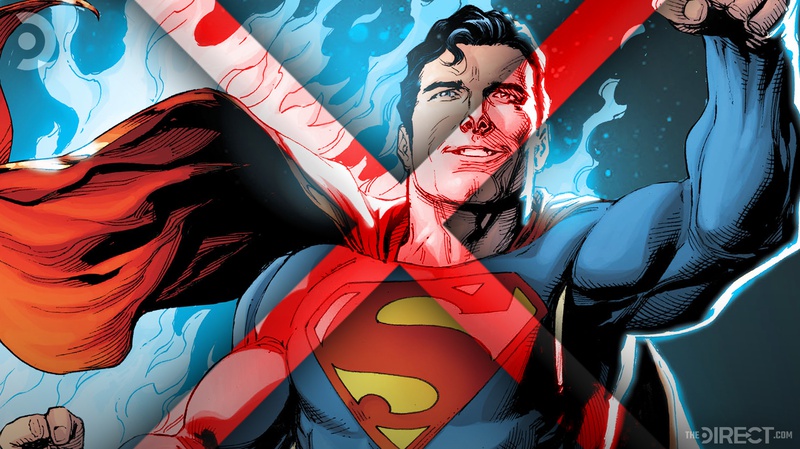
In the early 2000s, Warner Brothers was looking to bring Superman back to the big screen in an exciting way, and they decided to take a chance on the increasingly popular TV writer and showrunner J.J. Abrams. Abrams, who would go on to reimagine other iconic franchises with Star Trek (2009) and Star Wars: The Force Awakens, wrote a couple drafts of a Superman script in 2003 titled Superman: Flyby.
The story was Abrams at his boldest, taking many liberties with the Superman mythos in a script that featured a not-yet-exploded Krypton, a UFO-enthusiast/ CIA agent Lex Luthor (who at one point was a secret Kryptonian himself), and even a brief adaptation of The Death of Superman. While the studio eventually decided to go in a different direction (Superman Returns), Flyby was intended to be the daring start to a new Superman franchise, and it could have just as easily started its own DCEU as well.
Had Warner built a shared universe around Abrams’s Superman, the result would have been very different than the Man of Steel sparked DCEU. Abrams was planning a trilogy around Flyby, and the cinematic universe that followed would likely have taken its much-needed time. Superman: Flyby sequels would be in production, and Warner would produce other character’s stand-alone films around that. It would be handled just how Marvel Studios handled their own cinematic universe, except in this alternate timeline DC would have done it first.
With J.J. Abrams and his production company Bad Robot recently signing an exclusive partner deal with WarnerMedia, fans just might be getting the writer/ director's imaginative take on the Last Son of Krypton after all.
WONDER WOMAN
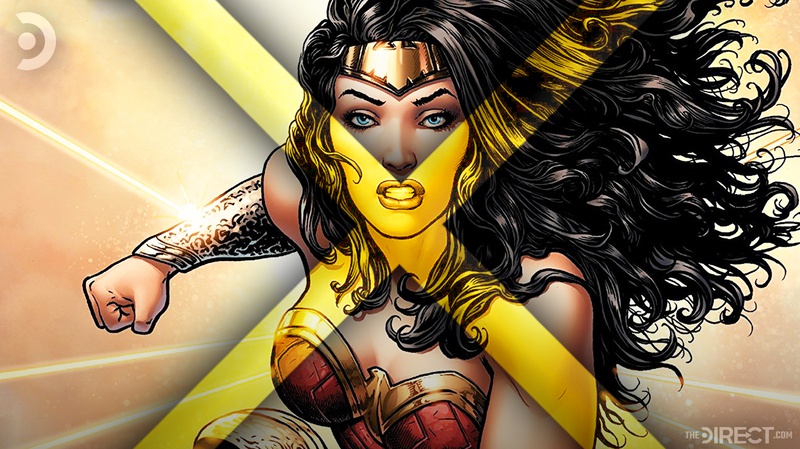
After Batman Begins reigned in a new, successful version of an iconic character, Warner Brothers was looking to replicate that success with another of their most popular characters. In 2006, Warner Brothers reached out to Joss Whedon for a Wonder Woman solo-film. Whedon's experience with strong, female-led shows like Buffy the Vampire Slayer gave the studio confidence in the writer's ability to adapt the heroine's story. However, a recently leaked draft of the screenplay drew a myriad of controversy over the negative portrayals of Diana Prince and the feminist ideals she champions.
Whedon's Wonder Woman was apparently told from Steve Trevor's point-of-view, guiding Diana through a new world while she pursues the villains Strife (a woman in the comics, a man in the script) and Spearhead. The script had many questionably weak moments for the powerful heroine, and her attachment to Steve Trevor was used as her driving force and eventual weakness. A few other writers later tackled a different version of the script, establishing the idea of a World War II time period, but the unfortunate truth was that executives at the time just weren't confident that a female-led superhero film could perform at the box office.
It may have been a bit of a blessing, however, that Warner Brothers didn't move forward with Wonder Woman in 2006. A franchise and possible cinematic universe launched from this film would have likely scrambled to fix the characterization of Diana Prince, while at the same time trying to build an interconnected universe around her. The hero's first live-action film adaptation would also have probably soured the notion of a Wonder Woman film for decades after (much like Green Lantern did), and Patty Jenkins would have never established her own iconic version of the character.
MCU Writer












